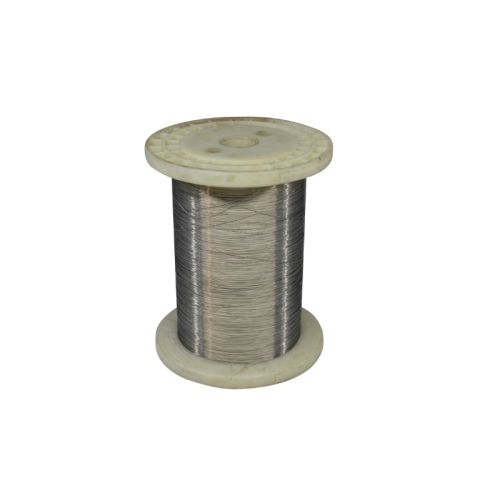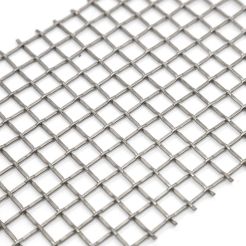Safety wire
Safety wire or locking-wire is a type of positive locking device that prevents fasteners from falling out due to vibration and other forces. The presence of safety wiring may also serve to indicate that the fasteners have been properly tightened.
Product Description
Safety wire
Safety wiring of two pairs of drilled bolt-heads wired one-to-the-other
Safety wire or locking-wire is a type of positive locking device that prevents fasteners from falling out due to vibration and other forces. The presence of safety wiring may also serve to indicate that the fasteners have been properly tightened.
Safety wire is available in a variety of gauges and materials, depending on the application. In aircraft and racing applications, stainless steel wire is used, such as in 0.032 in (0.81 mm) diameter. Typically, the wire is threaded through a hole drilled into a fastener or part, then twisted and anchored to a second fastener or part, then twisted again.
Application
There are a few techniques for different applications. The word safetying is universally used in the aircraft industry. Briefly, safetying is defined as: "Securing by various means any nut, bolt, turnbuckle etc., on the aircraft so that vibration will not cause it to loosen during operation." These practices are not a means of obtaining or maintaining torque, rather a safety device to prevent the disengagement of screws, nuts, bolts, snap rings, oil caps, drain cocks, valves, and parts. The wire itself maintains tension and remains in place by being twisted around itself and attached to the fastener to be secured on one end and an anchor point (which could be another fastener) on the other end. Since safety wire is made of a malleable alloy, it retains its shape after being bent, rather than springing back to its original shape. This property allows it to remain locked around an object, such as when it is passed through a small hole on a fastener, looped back upon itself and then twisted. The same process is then repeated around the anchor point, which could be another fastener. Since it remains twisted instead of unraveling, it acts as a fixed loop and will not back out without considerable force (greater than the stresses which it is intended to counter) being applied.
A moused shackle
Mousing (pronounced mowzeeng) is the application of a molly or safety wire, called mousing wire in this use, to secure a threaded clevis pin to a shackle. This is done by passing a couple of turns of mousing wire through the reach-hole provided for this purpose in the unthreaded end of the clevis pin and around the body of the shackle's hoop. Alternatively, some threaded shackles are provided with a hole through the threaded end of the pin beyond where it emerges from the threaded hole. A cotter pin or a couple of loops of mousing wire through this hole serves the same purpose and secures the shackle in a closed position. Nylon zip ties are also commonly used in applications where the shackle must be secured but easy removal is required.
Use
A safety wire is used to ensure proper security for a fastener. The wire needed is long enough to reach from a fixed location to a hole in the removable fastener, such as a pin — a clevis fastener, sometimes a linchpin or hitch-pin through a clevis yoke for instance — and the wire pulled back upon itself, parallel to its other end, then twisted, a single end inserted through a fastener, and twisted again, possibly then anchored to a second fastener or other part, then twisted once again, having excess slack pulled relatively taut to be secure. The two ends of the wire-loop thus formed are joined by twisting them together with a tool, using enough twists to be secure, then released from the twisting tool. The removable fastener — possibly a nut, wing nut, turnbuckle, a bolt or a pin similar to a bolt — having a hole through a part of it that will remain accessible when it is fastened in place will be secured with the wire passing through it. When finished, any excess length of wire would be cut off with a pair of wire cutters, such as pliers that may, also, be the twisting tool. If the fastener part to be secured does not come with a hole for the safety wire, one may need to be drilled.
Safety wire is not reusable, thus it can be cut apart in order to remove it easily when the fastener is to be opened.








